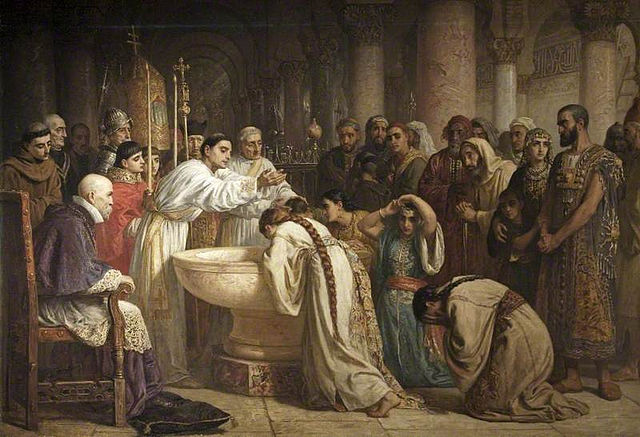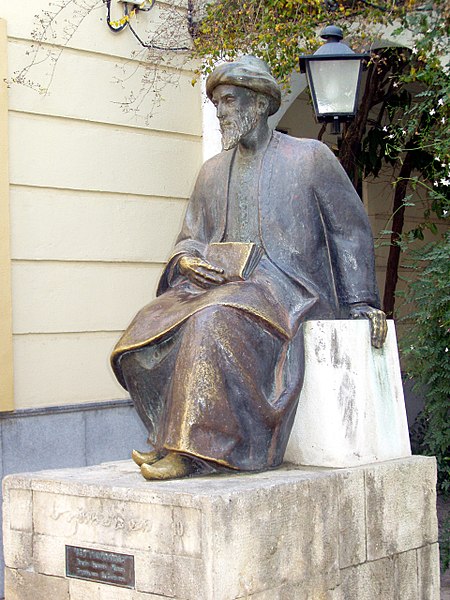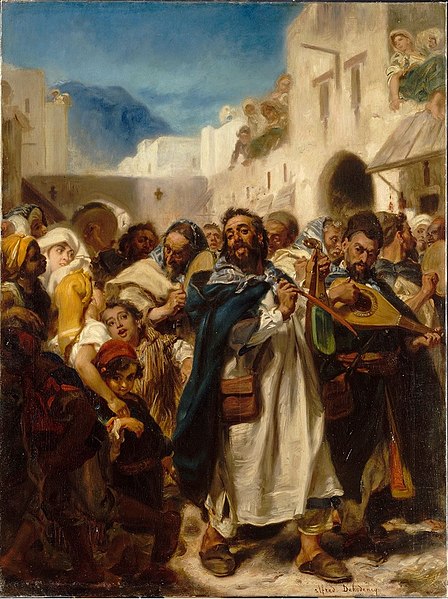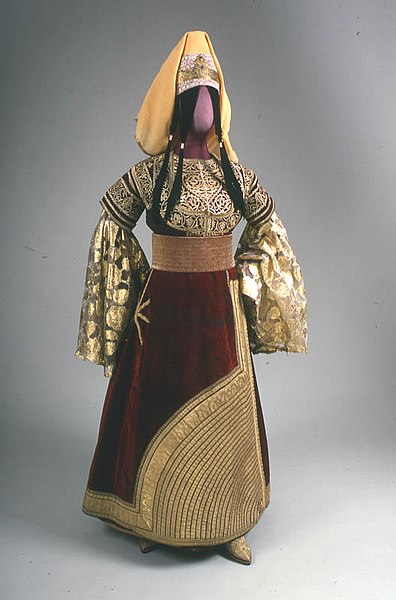New Christian was a socio-religious designation and legal distinction in the Spanish Empire and the Portuguese Empire. The term was used from the 15th century onwards primarily to describe the descendants of the Sephardic Jews and Moors baptised into the Catholic Church following the Alhambra Decree. The Alhambra Decree of 1492, also known as the Edict of Expulsion, was an anti-Jewish law made by the Catholic Monarchs upon the Reconquista of the Iberian Peninsula. It required Jews to convert to Catholic Christianity or be expelled from Spain. Most of the history of the "New Christians" refers to the Jewish converts, who were generally known as Conversos while the Muslim converts were known as Moriscos.
Marranos: A secret Passover Seder in Spain during the times of Inquisition. An 1893 painting by Moshe Maimon.
The Moorish Proselytes of Archbishop Ximenes, Granada, 1500 by Edwin Long (1829–1891), depicting a mass baptism of Muslims
Sephardic Jews, also known as Sephardi Jews or Sephardim, and rarely as Iberian Peninsular Jews, are a Jewish diaspora population associated with the Iberian Peninsula. The term, which is derived from the Hebrew Sepharad, can also refer to the Jews of the Middle East and North Africa, who were also heavily influenced by Sephardic law and customs. Many Iberian Jewish exiled families also later sought refuge in those Jewish communities, resulting in ethnic and cultural integration with those communities over the span of many centuries.
Statue of the Sephardic rabbi, philosopher and physician Maimonides in Córdoba, Spain
Jewish Festival in Tetuan, Alfred Dehodencq, 1865, Paris Museum of Jewish Art and History
A 1902 Issue of La Epoca, a Ladino newspaper from Salonica (Thessaloniki)
19th-century Moroccan Sephardic wedding dress






